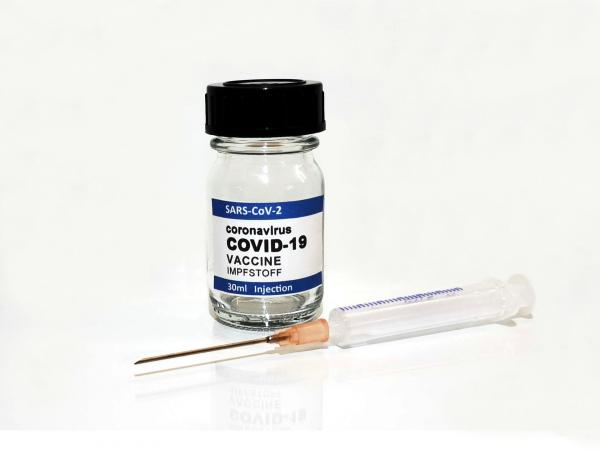
By Annie Keller
Published January 26, 2020
One year after the COVID-19 pandemic began, , there is finally a light at the end of the tunnel. Two different vaccines for the virus have been approved for use in the United States. Healthcare providers are being vaccinated, and it will be available to the general public soon. It has been approved in most of Europe as well as Saudi Arabia, and most of North and South America, Russia, and India are planning vaccine campaigns.
The COVID-19 vaccine is an mRNA-based vaccine, the first approved to be used in humans. Instead of containing a small dose of the virus, this type of vaccine contains a protein that teaches your body to recognize and kill the virus on contact. Two doses are required, one given a few weeks after the first. You could get infected between those two doses, so social distancing protocols and mask-wearing should be continued until the vaccine is in full effect (21 days after receiving the second dose) and even after getting both doses for high-risk populations.
One thing that is most innovative about the COVID vaccine is how quickly it was developed. A working vaccine took only 9 months to develop, but it took almost 8 years for the polio vaccine to be developed and approved. Though several mRNA-based vaccines have been developed or are in development for other viruses, such as zika virus, the COVID-19 vaccine is the first to be approved and distributed widely in humans.
Some may argue that this speed is a result of the pandemic and that future innovations in vaccines should not be expected so quickly. Others may think that the case of COVID shows how quickly scientists can get together to develop innovations if necessary. Time will tell which is the case, but regardless, the COVID-19 vaccine is truly a remarkable achievement.

 Next Post
Next Post